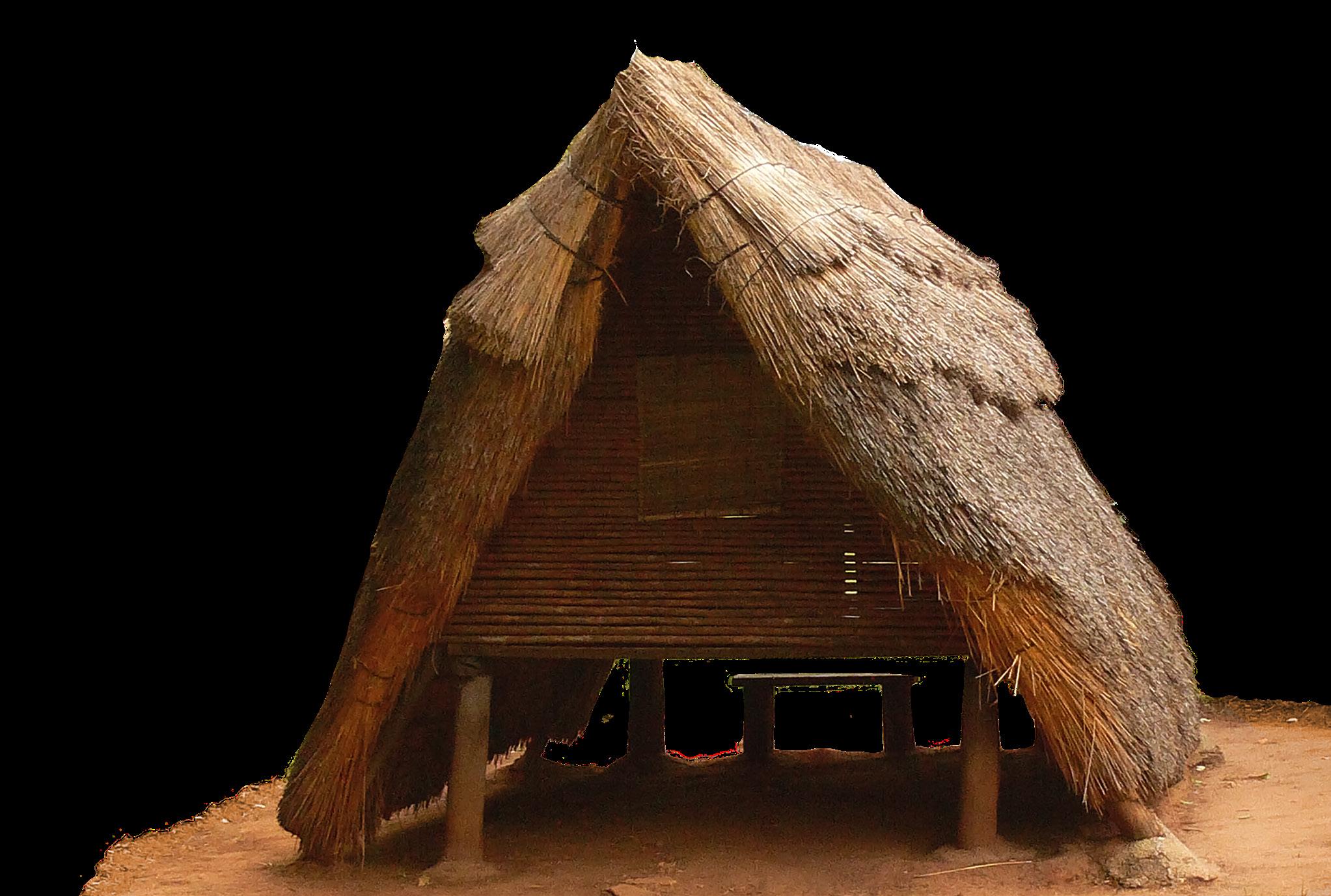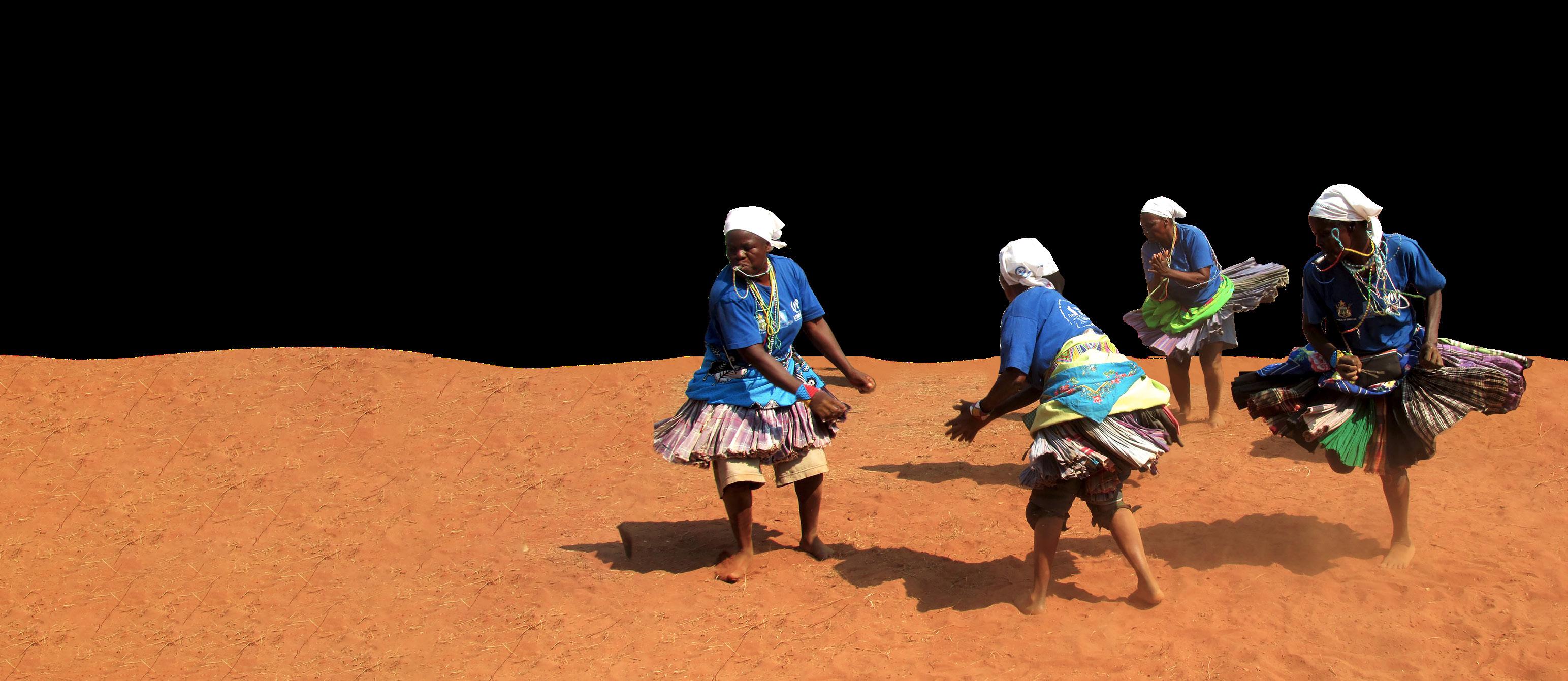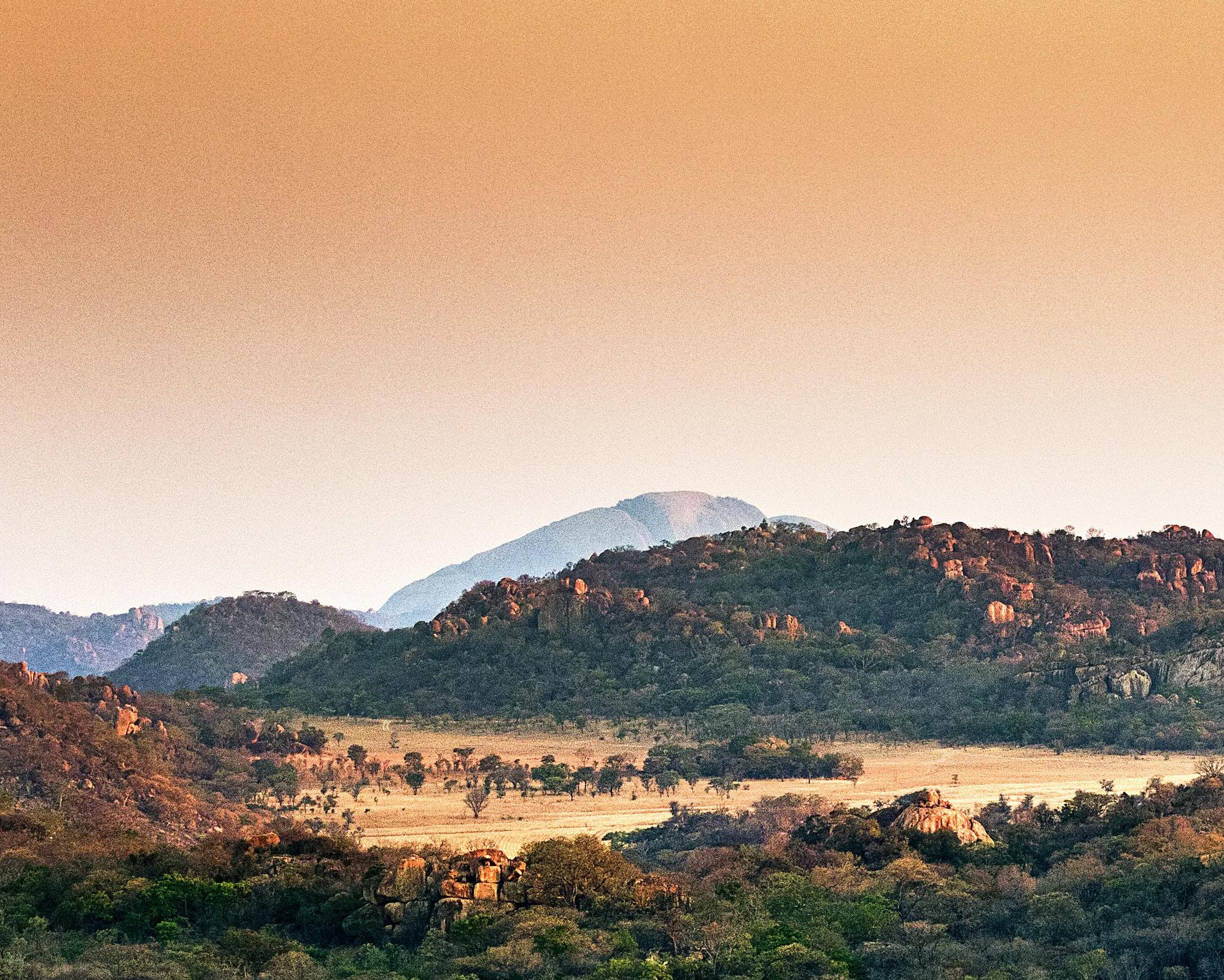
1 minute read
Colophon
This book was completed in February 2023 and focuses on the importance of Zimbabwe’s environment and wildlife through traditional culture. Imagery consists of hand drawn digital elements as well as photos from various online sources. There are 3 typefaces used throught the book: Blogh, Mufteya, and Roboto. All hand drawn digital elements were designed by Anna McCreary using Adobe Illustrator. The final book design was created using Adobe InDesign.
Sources
Advertisement
1. Dube, Praxedis, et al. "Collection And Consumption of Wild Edible Mushrooms In Three Villages of Binga, Zimbabwe." (2021).
2. “Mavuradonha Accommodation: Small World Lodges: Wilderness Eco Lodge.” Small World Lodge, https://smallworldlodge.com/ mavuradonha/.
3. “Mavuradonha.” Wild Zambezi, https://www. wildzambezi.com/locations/12/mavuradonha.
4. “Ndau Festival of the Arts.” Equator Initiative, https://www.equatorinitiative.org/2020/04/24/ solution11480/.
5. Rusinga, Oswell, and Richard Maposa. "Traditional religion and natural resources’: A reflection on the significance of indigenous knowledge systems on the utilisation of natural resources among the Ndau People in Southeastern Zimbabwe." Journal of ecology and the natural environment 2.9 (2010): 201-206.
6. Sigauke, E., et al. "African Traditional Cultural Values and Beliefs: A Driving Force to Natural Resource Management: A Study of Makonde District, Mashonaland West Province, Zimbabwe." Zimbabwe Journal of Culture, Society and Development 9 (2015): 78-83.
7. Sithole, Emmanuel. "Ndau Identity in Zimbabwe." Oxford Research Encyclopedia of African History. 2022.
8. Van Dijk, Han, Neree Awana Onguene, and Thomas W. Kuyper. "Knowledge and utilization of edible mushrooms by local populations of the rain forest of South Cameroon." AMBIO: A Journal of the Human Environment 32.1 (2003).





